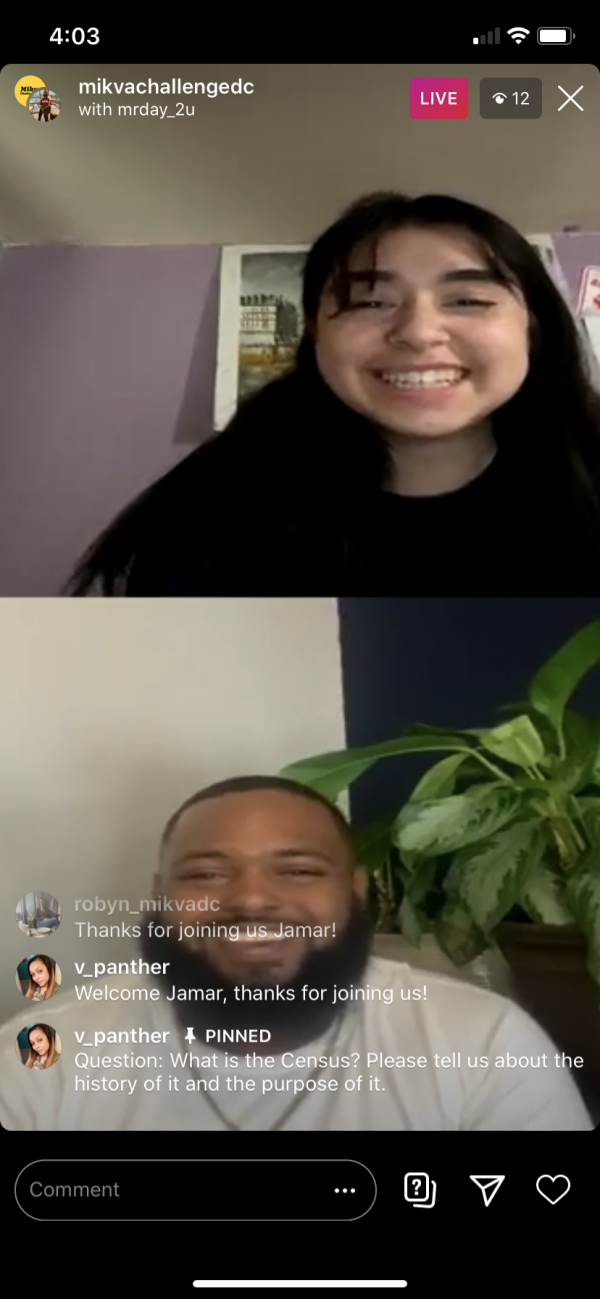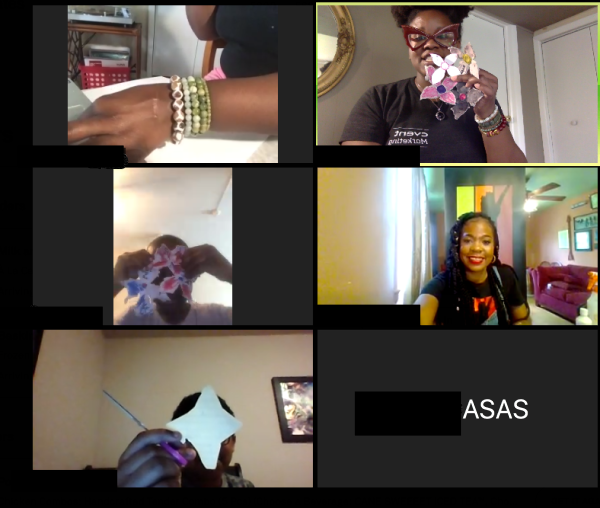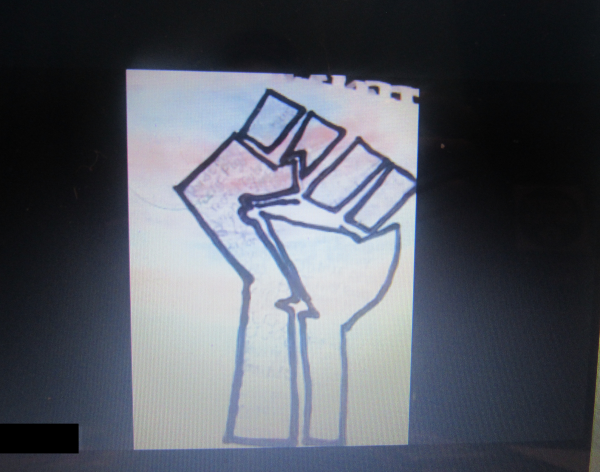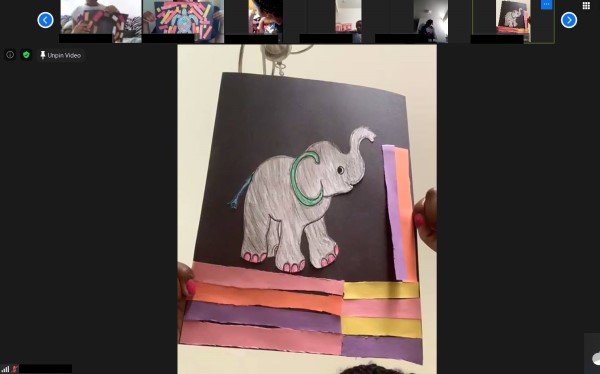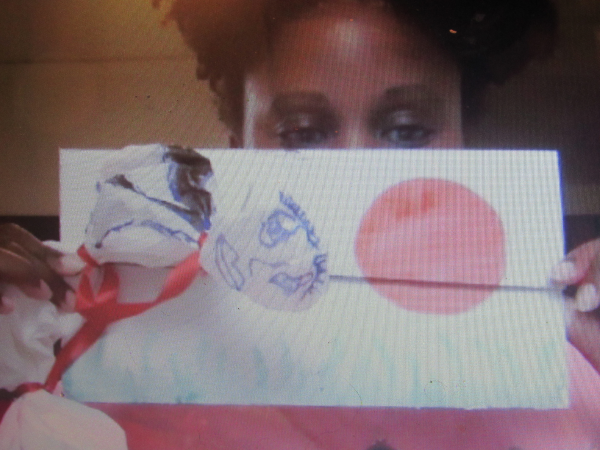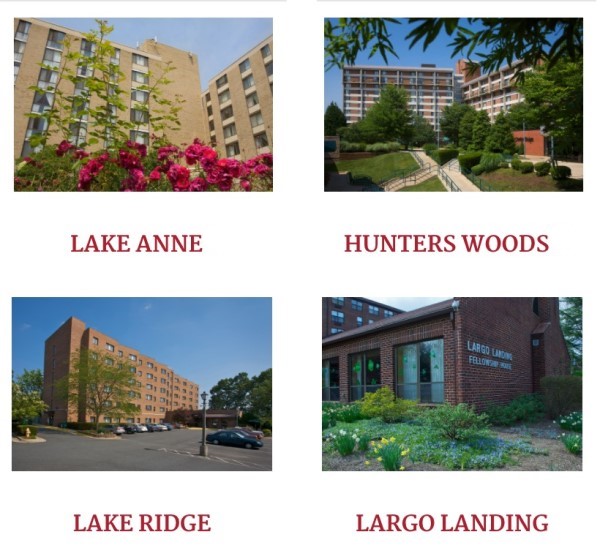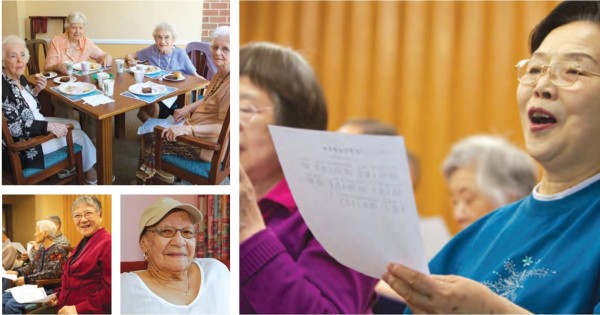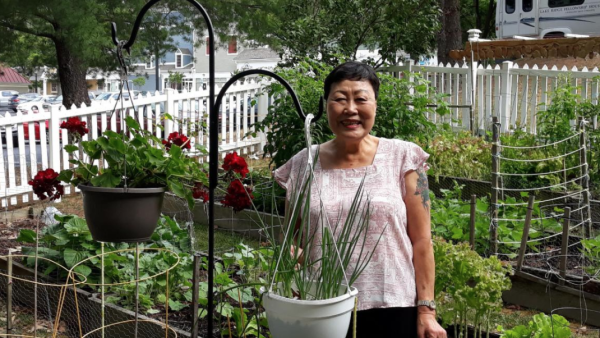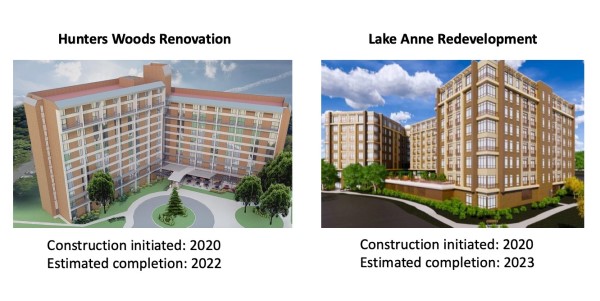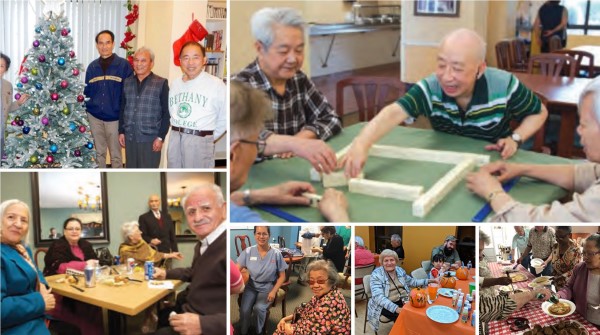Written by Mary Ellen Dingley, Communications and Outreach Coordinator of L’Arche Greater Washington, DC (GWDC)
You can’t miss the calls to vote these days. It’s everywhere – online and on yard signs, in hashtags and on t-shirts. The message is clear – make your voting plan and exercise your right to vote! But what about people with disabilities who face challenges accessing their voting rights?
A core member (adult with intellectual disability) at L’Arche GWDC expressed their desire to join their fellow community members in voting. But this core member’s right to vote had been taken away when they were placed under guardianship. A L’Arche leader stated that “with the right supports and the right accommodations” to communicate and explain the issues and candidates on the ballot, this core member could vote. They know who they want to vote for. They have explicitly said they want to vote. But they don’t have the right.
This core member isn’t alone. As Pew Trusts reported there are “tens of thousands of Americans with disabilities who every year lose their right to vote during guardianship proceedings, according to the California-based Spectrum Institute, an advocacy group for people with disabilities.” While this impacts thousands of people, the process itself isn’t standardized: “Not only is there no agreement among legal and psychological experts over whether certain people with disabilities should be disenfranchised, but there is also no set standard for measuring the mental capacity needed to vote.”
And even if someone with disabilities retains their right to vote, actually casting that vote can be difficult. Barriers can include not having a ballot they can read (visual disabilities or ballot formatting), not having an alternative to providing a signature, the voting location not being wheelchair accessible, no functioning accessible machines, or poll workers not knowing how to support people with disabilities. The pandemic, of course, just exacerbates the situation. This is no small number of people impacted by inaccessible voting. Rutgers University researchers found “A projected 38.3 million people with disabilities will be eligible to vote in the November 2020 elections, representing close to one-sixth of the total electorate.”
Fortunately, accessible voting does exist and is required by law. Charles Clark, a core family member at L’Arche GWDC, has been active as an advocate and a voter for many years. In his experience he’s always encountered accessible polling places: “that’s the law,” he explained. “Everybody has the right to vote… You discriminate against them, you get in trouble with the law, it’s on the law books.” Organizations and campaigns like the American Association for People with Disabilities REV UP campaign, Crip the Vote, and Easterseals work to end voter suppression, eliminate barriers to voting, and encourage people with disabilities to know their rights and cast a vote.
Asking “what’s your voting plan?” has become part of the “new normal” of 2020. For people with disabilities, including core members at L’Arche, having a voting plan has always been a necessity.
Prior to 2020, many people didn’t have to think of a “voting plan.” They just showed up to vote. “People with disabilities have always had to think about it,” explained Caitlin Smith, Director of Human Resources at L’Arche GWDC.
These questions that people are being encouraged to think about in 2020 – when you will vote, how you will get there – “L’Arche members think about every time an election comes around,” says Eva-Elizabeth Chisholm, Human Services Leader at GWDC. Making those voting plans and discussing them at L’Arche is a normal part of community life.
For the most part, L’Arche finds that our local polling places are accessible. But Caitlin explains that it’s “one thing for a voting process to be accessible and another thing for a person with disabilities to feel like they really belong there.” Other people at the polls might look askance at someone with a visible disability voting and might even question their ability to vote. “Voting as an inalienable right is one thing but voting and feeling like ‘I belong here, I am a person who can vote’…I think is something that in general society takes for granted.”
Core members have varied interactions with voting.
Joseph, a core member in DC, recently registered to vote. He said it was “a little bit” hard to register to vote. When asked if he thinks voting is important he said “Yes. It’s what I wanna do.”
Another core member at L’Arche voted in the last several presidential and local elections but had his right to vote taken away when his guardianship was transferred. L’Arche is now supporting him and his guardian in restoring the right to vote if they choose to do so.
Kelly has voted before and plans to again. She thought the presidential debate was important for getting to know the candidates and she watched both the presidential and the vice-presidential debate.
Mike was inspired to vote by his mom: “Mother said it was important and I believe her.” He first voted in 1969. The candidate’s speeches are important to him in choosing who to vote for.
Charles also learned about the importance of voting from his family – he had an uncle who was a congressman and another who was a judge. He reads about all the issues when voting, and specifically mentioned the job market, the Justice Department, and climate change as issues that are important to him. He’s passionate about politics: “So people have the right to vote for whoever they want to, you know.” He watches the news every evening. And what’s the most important thing about a candidate to him? “I look for sincerity and telling the truth,” he explained.
Ensuring that people with disabilities have the right to vote is no small matter. Many government policies directly impact their lives, including subminimum wage laws, marriage equality for people receiving disability benefits, and emergency funding during the COVID-19 pandemic.
Supporting people with intellectual disabilities to vote requires we “presume competence” says Eva-Elizabeth. That means presuming that even if they communicate or understand differently than the “norm” that communicating and understanding is still valid. We must presume people with disabilities are competent to make their own decisions when it comes to voting. A challenge in supporting people with intellectual disabilities to vote is to do so without making a decision for them.
Right now, L’Arche leaders are working with the core member and guardian mentioned at the beginning of this article to restore voting rights. To do so they must come up with the means of communicating the voting choices and supporting decision making in an unbiased way. “That’s one of the biggest things that people are worried about… is this the person’s choice?” says Eva-Elizabeth.
The right to freely choose who to vote for isn’t one to be taken lightly. At L’Arche GWDC, we’re busy putting our voting plans into motion! How about you?
This blog was originally published on October 21, 2020 on the L’Arche website.


